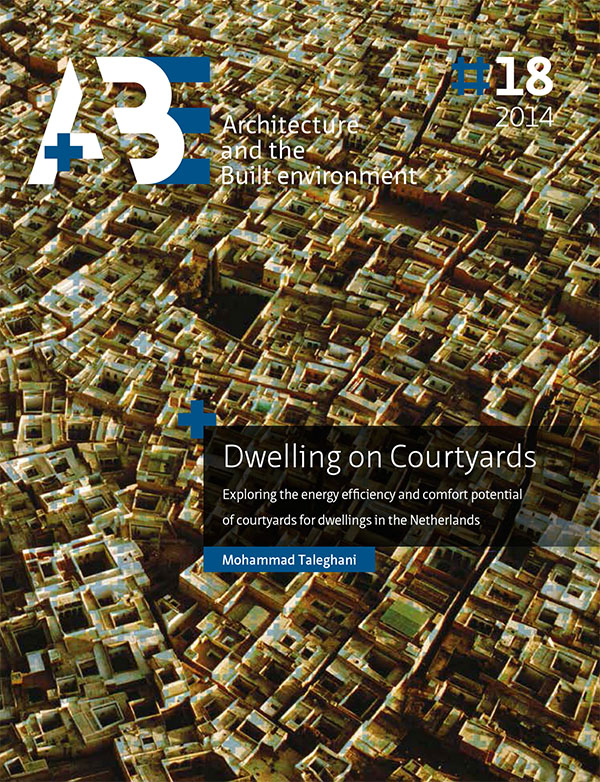Outdoor thermal comfort within different courtyard buildings
Keywords:
Urban courtyard blocks, climate change, urban microclimate, heat island mitigation strategiesAbstract
Outdoor thermal comfort in urban spaces is an important contributor to pedestrians’ health. A parametric study into different geometries and orientations of urban courtyard blocks in the Netherlands was therefore conducted for the hottest day in the Dutch reference year (19th June 2000 with the maximum 33°C air temperature). The study also considered the most severe climate scenario for the Netherlands for the year 2050. Three urban heat mitigation strategies that moderate the microclimate of the courtyards were investigated: changing the albedo of the facades of the urban blocks, including water ponds and including urban vegetation. The results showed that a northsouth canyon orientation provides the shortest and the east-west direction the longest duration of direct sun at the centre of the courtyards. Moreover, increasing the albedo of the facades actually increased the mean radiant temperature in a closed urban layout such as a courtyard. In contrast, using a water pool and urban vegetation cooled the microclimates; providing further evidence of their promise as strategies for cooling cities. The results are validated through a field measurement and calibration.


